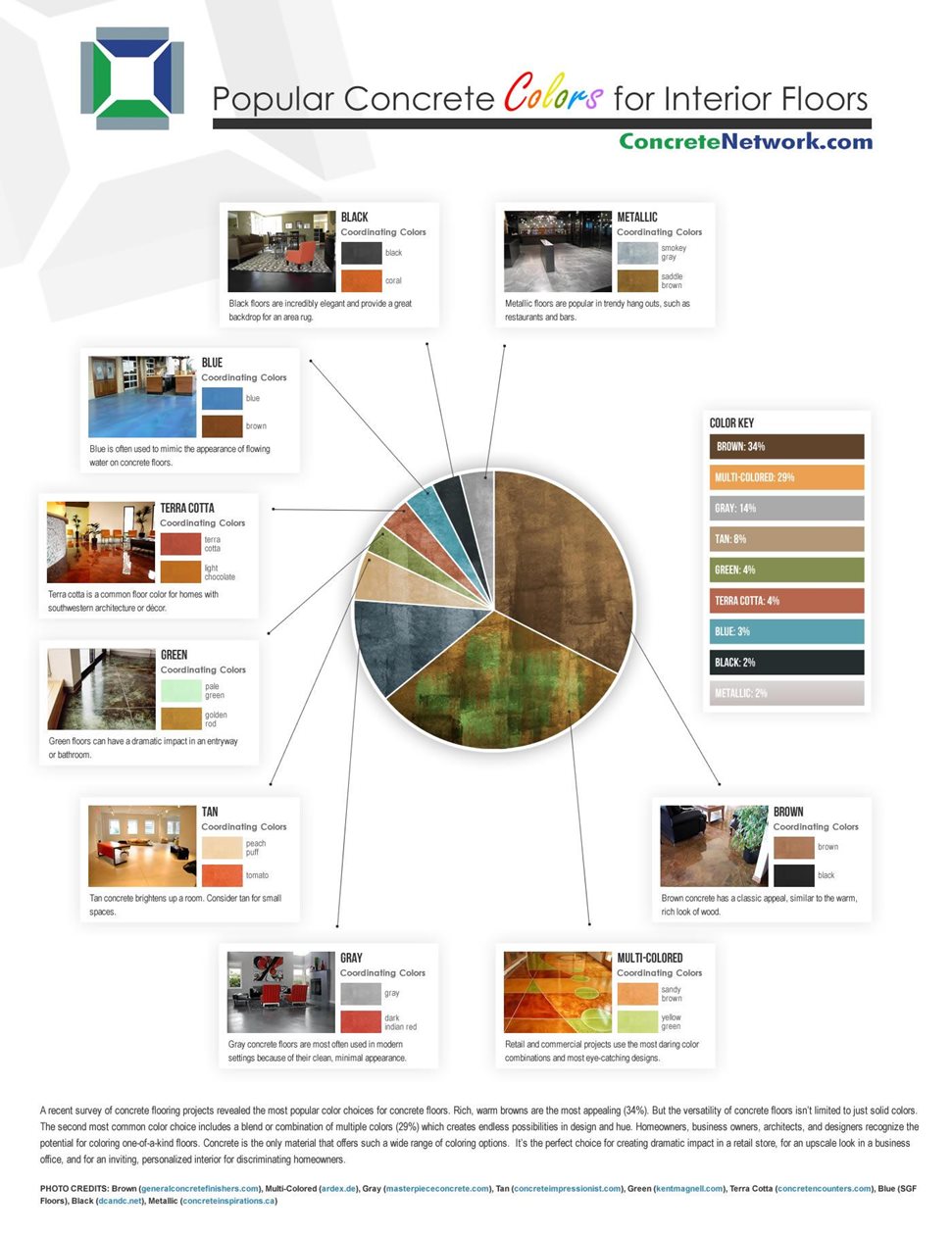Exactly How To Allocate Your Floor Covering Job: A Practical Overview
Exactly How To Allocate Your Floor Covering Job: A Practical Overview
Blog Article
Content Writer-Dalrymple Kamper
When you're preparing a flooring project, budgeting isn't just about selecting a number; it's about recognizing what you really need and the expenses included. You'll want to assess your details needs, study different products, and prepare for unexpected costs. Think of just how elements like room purpose and installment approaches can affect your spending plan. However prior to you enter, there are some vital details you may ignore that might substantially affect your overall prices. Let's check out how to browse these intricacies and ensure your project stays on track.
Assessing Your Flooring Needs
Prior to diving into your flooring job, it's crucial to evaluate your flooring requires. Beginning by thinking about the specific locations where you intend to install new flooring. Think of the purpose of each space. As an example, kitchens and bathrooms require waterproof materials, while living locations may take advantage of convenience and appearances.
Next off, assess the existing conditions of your floors. Exist any type of architectural issues, such as unequal surface areas or moisture issues? Attending to these issues early can conserve you money and time down the line.
Also, bear in mind of the dimensions of each area to figure out how much flooring you'll require.
Do not forget to consider your lifestyle. If you have animals or young kids, resilience might be your leading priority, while a more formal room might ask for a luxurious coating. Furthermore, consider your layout preferences. Do you favor a classic appearance, or are you drawn to modern-day designs?
Finally, be reasonable regarding just how much upkeep you want to commit to. Some materials need even more maintenance than others. By comprehending your requirements clearly, you'll be better geared up to make educated choices as you move forward with your flooring project.
Estimating Costs and Materials
Approximating costs and products is a crucial step in your flooring project that can dramatically influence your overall budget plan. Begin by measuring your area properly to identify how much flooring you'll need. For the majority of products, you'll find prices by square foot, so collect quotes from different suppliers to get a sensible figure.
Next, think about the type of floor covering you want. Options like wood, laminate, tile, or rug all come with various rate factors. Research the costs for each and every and consider any kind of added materials like underlayment, adhesive, or shift strips.
https://residential-home-inspecto54322.blogitright.com/32264496/on-the-verge-of-working-with-a-floor-covering-specialist-discover-essential-inquiries-that-might-disclose-vital-understandings-prior-to-making-your-final-decision to include tools if you're planning a DIY setup, as renting out or acquiring tools can contribute to your costs.
Labor expenses are another essential factor to consider. If you're working with experts, obtain estimates from multiple professionals to ensure you're getting a fair price. Be clear about the range of job to avoid unexpected charges later.
Last but not least, it's a good idea to allot a little percentage of your allocate any type of unexpected expenses associated with products. By thoroughly approximating your costs and products ahead of time, you'll set on your own up for a smoother and much more convenient flooring project.
Preparation for Hidden Costs
Lots of property owners ignore the concealed expenses that can emerge during a flooring task, which can cause budget overruns. To prevent this, you need to plan for possible added prices.
First, think about the condition of your existing subfloor. If it's damaged or irregular, you'll likely require repair services or leveling, which can include significantly to your total expense.
Next off, consider removal and disposal costs for your old floor covering. Numerous service providers bill extra for this solution, so variable that into your spending plan.
Additionally, don't ignore the costs of underlayment, which may not be included in the preliminary quote but are necessary for an effective installment.
You need to additionally get ready for unforeseen complications, such as pipes or electric job if your flooring job entails moving components. matte epoxy floor to set aside at the very least 10-15% of your overall budget for these unanticipated expenditures.
Last but not least, bear in mind that licenses may be required for certain installations. Always check regional laws to stay clear of fines or hold-ups.
Verdict
To conclude, budgeting for your flooring project is essential for an effective outcome. By examining your needs, estimating costs, and preparation for covert expenditures, you'll avoid surprises and stay on track. Remember to reserve a section of your budget for unexpected prices and maintain a thorough failure of your expenditures. With mindful planning and consideration, you'll develop an attractive area that satisfies your requirements without breaking the bank. Pleased floor covering!
